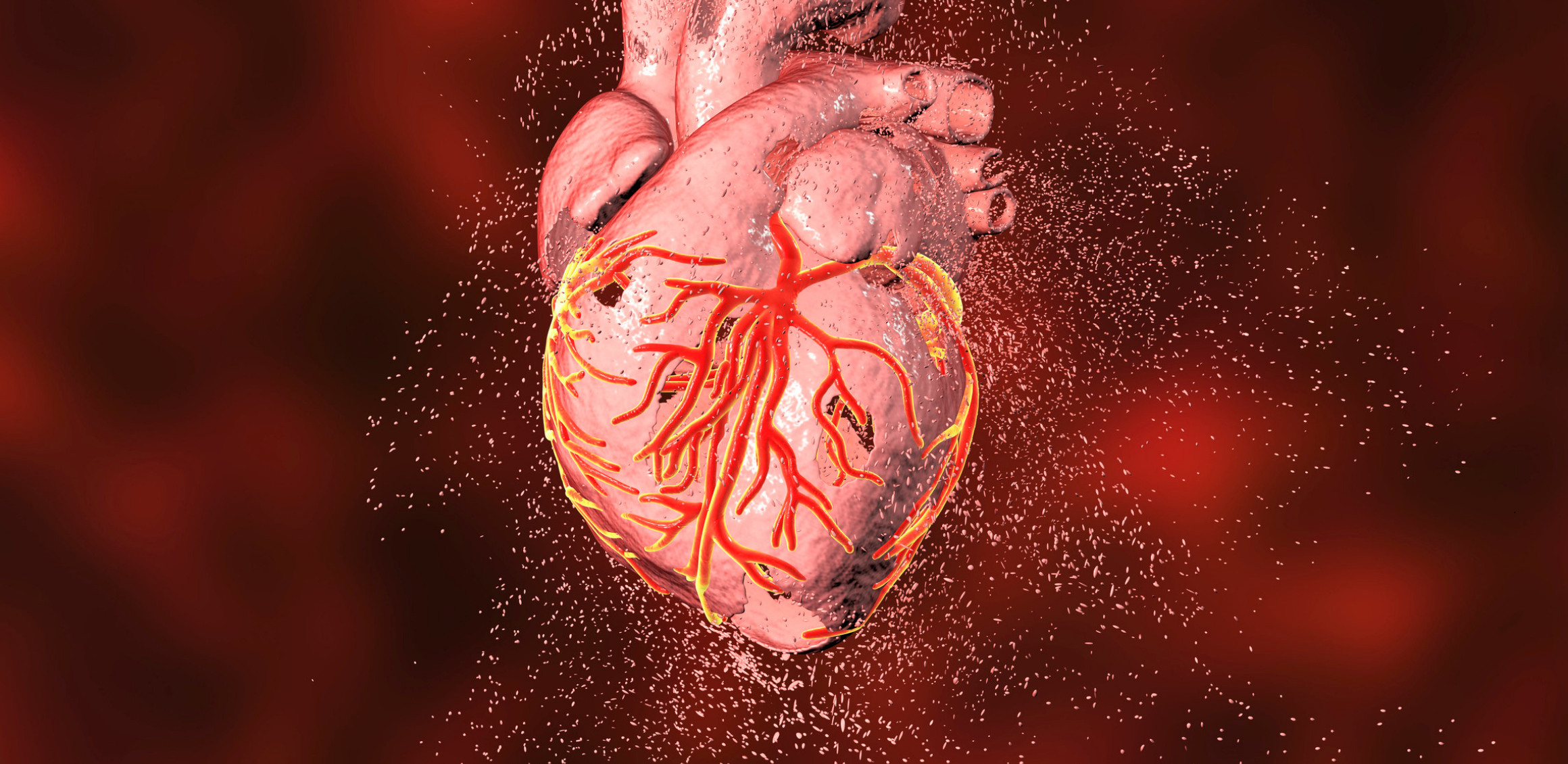- TAVI
- Tri-Klip
- Complex Coronary Interventions
- CTO Treatment (Chronic Total Occlusion)
- Balon Mitral Valvuloplasti
- Pulmonary Balloon Valvuloplasty
- Septal Ablation
- ASD (Atrial Septal Defect)
- Coronary Arteriovenous Fistula Closure
- Paravalvular Leak Closure
- Ablation Methods for Tachycardias
- Supraventricular Tachycardias
- Atrial Fibrillation
- Epikardial Ablation
- Stereotactic Radiosurgery
- Lead Extraction
- Device Implantations
- Pacemaker / ICD
- CRT / CRT-D Implantation
- Wireless Pacemakers
- Renal Denervation
- Non-Surgical Treatment of Aortic Aneurysms and Ballooning
- Cardioneural Modulation

TriClip (Clipping Method for Tricuspid Valve Insufficiency Between the Right Atrium and Right Ventricle)
TriClip is a minimally invasive treatment for patients with tricuspid valve insufficiency.
TriClip (Clipping Method for Tricuspid Valve Insufficiency Between the Right Atrium and Right Ventricle)
TriClip is a minimally invasive treatment for patients with tricuspid valve insufficiency. The tricuspid valve, located between the right atrium and the right ventricle, ensures the proper direction of blood flow. Tricuspid valve insufficiency occurs when the valve fails to close completely, causing blood to leak backward (regurgitation), which can negatively impact cardiac function and overall health.
TriClip Procedure
TriClip is a catheter-based (minimally invasive) clipping method designed to reduce tricuspid valve insufficiency. The procedure is performed as follows:
Preparation and Evaluation:
- Patient Assessment: The patient’s overall health and the severity of tricuspid valve insufficiency are evaluated.
- Imaging: The structure and function of the valve are examined using echocardiography and other imaging techniques.
Anesthesia and Catheter Insertion:
- Anesthesia: The procedure is typically performed under general anesthesia.
- Catheter Placement: A catheter is inserted through the femoral or jugular vein and guided to the tricuspid valve area.
Clipping Procedure:
- Accessing the Valve: The catheter is used to reach the leaflets of the tricuspid valve.
- TriClip Deployment: The TriClip device, delivered via the catheter, brings the valve leaflets together and securely clips them.
- Function Improvement: This process ensures the valve leaflets are closer together, thereby reducing regurgitation.
Evaluation and Catheter Removal:
- Function Check: After clipping, the valve’s function is reassessed using echocardiography.
- Catheter Removal: The catheter is carefully removed, and the insertion site is closed.
Advantages of TriClip
- Minimally Invasive: Compared to open-heart surgery, it is less invasive, leading to a shorter recovery time and lower risk of complications.
- Rapid Recovery: Patients are often discharged a few days after the procedure and can resume daily activities more quickly.
- Suitable for High-Risk Patients: It is an alternative for patients at high risk for surgical interventions.
Post-Procedure Follow-Up
Patients should have regular follow-ups with their doctor to monitor the function of the heart valve. Additionally, lifestyle changes, medications, and other recommended treatments should be adhered to.
Conclusion
TriClip offers an effective alternative to surgery for patients with tricuspid valve insufficiency. In suitable patients, it can significantly improve quality of life and alleviate symptoms.
